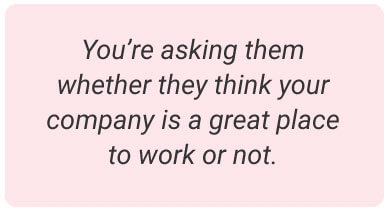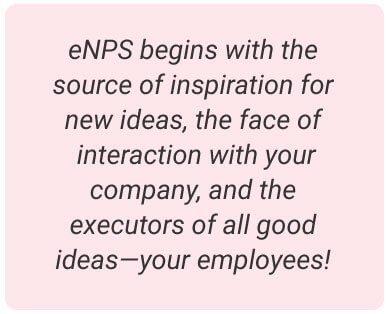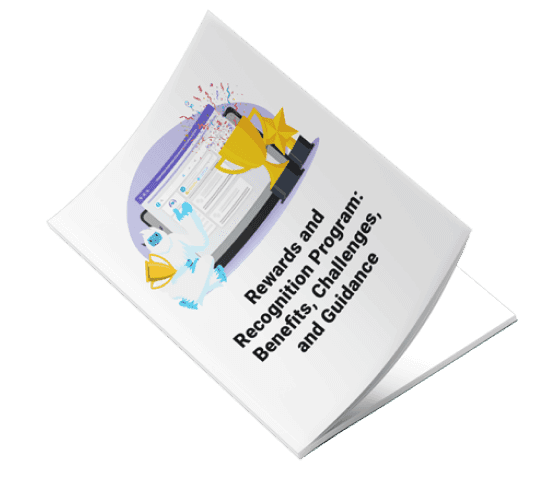
eNPS: The Net Promoter Score for Employees
April 12, 2021
|
Carly MacLennan
NPS vs. eNPS


What your eNPS score means
Action Steps for Using and Addressing eNPS
1. Collect eNPS data at regular intervals
2. Track your data over time
3. Follow up with “why” survey questions
4. Take steps to validate your employees as people
Convinced?
About the Author

Carly MacLennan is the Marketing Program Manager at Motivosity. She recently graduated with her MBA from Brigham Young University. Carly has a background in and a love for Marketing and the culture side of HR, specifically with employee experience and employee engagement. Carly was born and raised in Alberta, Canada but has since lived in Utah, Washington DC, and Northern California.
Learn More
Learn More






